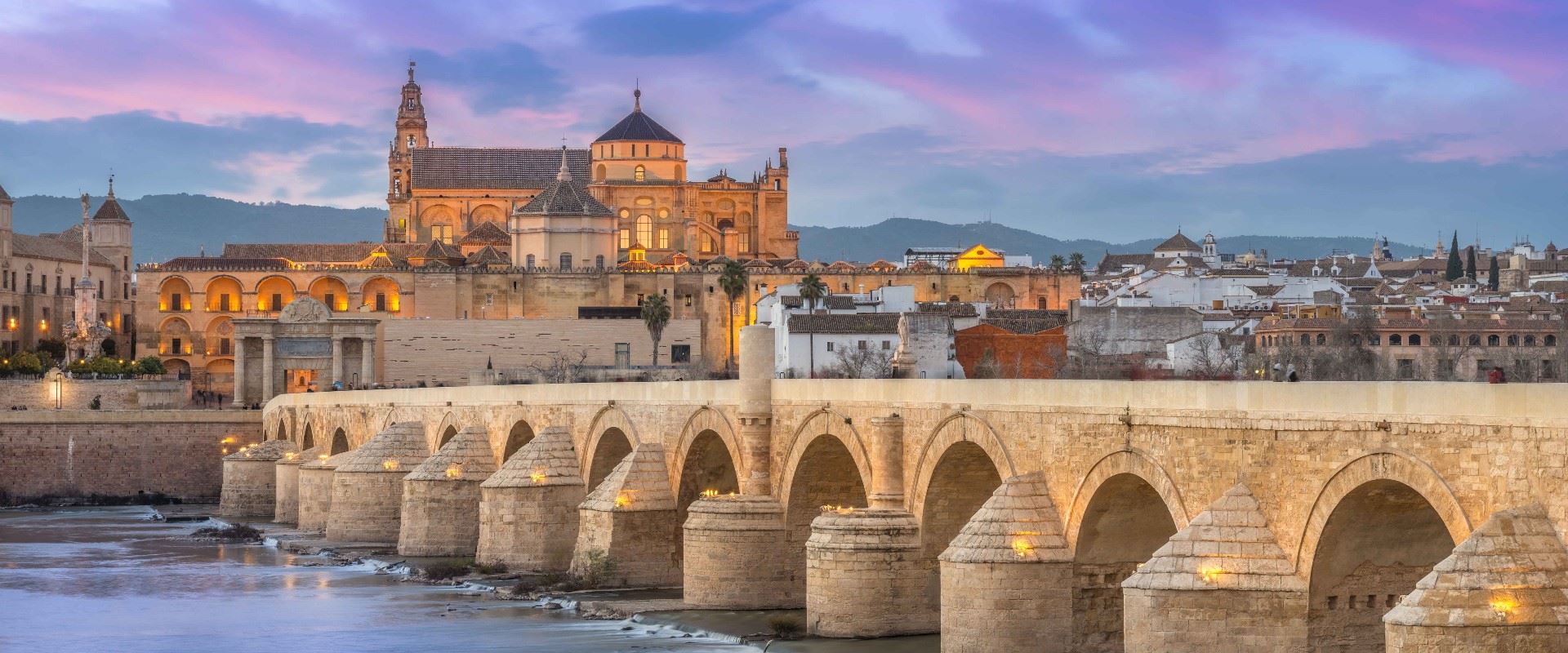One of the best known and loved regions of Spain, Andalucia is an autonomous community with a total area which is 10% larger than that of Scotland and the northern islands or 4 times the size of Wales. It has a population of 8.5 million and represents 17.84% of the land area of Spain. It is the most populated region in the country.
This is an area that has, over time, come under the influence of Iberians, Phoenicians, Carthaginians, Greeks, Romans, Vandals, Visigoths, Byzantines, Moors and of course the catholic kings who finally expelled the Moors, who had occupied the region for 500 years, in 1492.
On its Mediterranean coast, the region encompasses one of the most popular sun and beach locations in Spain, namely the Costa del Sol in the province of Malaga, including Marbella and Puerto Banus. On the Atlantic Coast is the Costa de Luz, within the Cadiz province, which is one of the least known coastal stretches and one definitely worth exploring.
But it is the culture and physical beauty of inland Andalucia which attracts the more discerning traveller. There are mountain ranges like the Sierra Morena, Sierra Nevada and the Sierra Blanca. National parks include that of Sierra Grazalema, Donana, Los Alcornocales, Sierra Nevada, Sierra de las Nieves, Alpujarras in Granada Province and Cazorla Natural Park in the province of Jaen.
Andalusian towns and cities are a stunning melting pot of Roman, Medieval, Moorish and Christian influences. Names like Granada, Seville, Cordoba, Jaen, Cadiz, Jerez de la Frontera, Almeria and Huelva are particularly well known. However, it is the many small ‘white villages’ like Arcos de la Frontera, that capture the imagination and romantic towns like Ronda and Ubeda which are all there to be explored.
Don’t forget, that Andalucia was the birthplace of Flamenco, the pure bred Andalusian horse, the source of Sherry wines and, some say, tapas.
This is an enormous and diverse region. Some parts are well known yet others not known at all and there to be explored and enjoyed.
Read more










